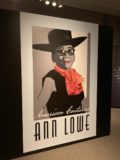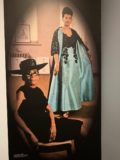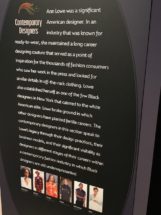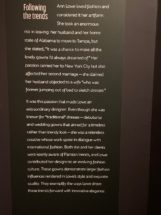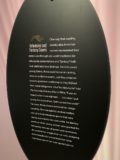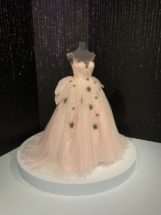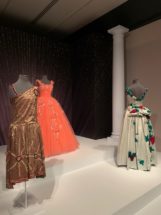Dear Shaded Viewers,
Until recently, the story of Ann Lowe, an African American fashion designer of remarkable talent, had remained largely untold; however, she has now finally begun to receive the recognition she deserves. This revelation was not just a discovery of a hidden figure in fashion but an awakening to the profound contributions of a black woman who, against all odds, shaped the contours of American high society fashion.
Ann’s journey in the world of haute couture began in the deep South of Alabama. Born into a lineage of seamstresses, she inherited her craft from her mother and grandmother, the latter a slave. At the tender age of five, Ann started sewing, initially for the white ladies of her community. This early exposure to the art of dressmaking laid the foundation for what was to become a remarkable career in fashion.
Her personal life, however, was fraught with challenges. Married at just 12 and a mother by 15, Ann’s resilience was tested further when she tragically lost her son in a car crash. Yet, undeterred by personal misfortunes, she continued to hone her craft.
Ann’s talents soon caught the attention of affluent families in the South. Her reputation for exquisite designs and meticulous craftsmanship led her to Washington, D.C., where her client list expanded to include high-profile figures. It was here that Ann Lowe’s name became synonymous with elegance and exclusivity in American fashion.
One of her most notable clients was Jacqueline Kennedy, for whom she designed the iconic wedding dress. This masterpiece, a sumptuous ivory silk taffeta gown, was a testament to Ann’s exceptional skills and vision. Yet, despite creating such a significant piece of American history, her contributions remained largely unrecognized.
Beyond the glamour of dressing debutantes and socialites like Marjorie Merriweather Post, Ann faced formidable challenges in her professional life. Despite her unparalleled talent, she struggled with the business aspects of her career. Her shop on Madison Avenue, a symbol of her success, was also a reminder of her financial struggles. In a poignant display of support, Jock Whitney, a patron, paid her taxes to prevent her from going to jail.
What is striking about Ann Lowe’s story is not just her extraordinary talent but also the resilience and fortitude with which she navigated a society that often overlooked her contributions because of her race. It’s a poignant reminder of how many talented individuals remain in the shadows, their stories untold and their achievements unrecognized.
Today, Ann Lowe’s legacy is finally being honored. Her inclusion in the Metropolitan Museum of Art’s “Women for Women” exhibition is a long-overdue recognition of her influence on American fashion. This acknowledgement, albeit delayed, is a step towards rectifying the historical oversight and celebrating the rich, diverse contributions to our cultural heritage.
Ann Lowe’s story is a powerful narrative of talent, perseverance, and resilience. It’s a testament to the unsung heroes who have shaped our history and culture in profound ways, often without acclaim. Her time for recognition has finally arrived, and it’s a narrative that demands to be told and celebrated.
NOW ON VIEW at Winterthur Museum in Delaware USA
Later,
Diane with the help of Jeffrey Miller

